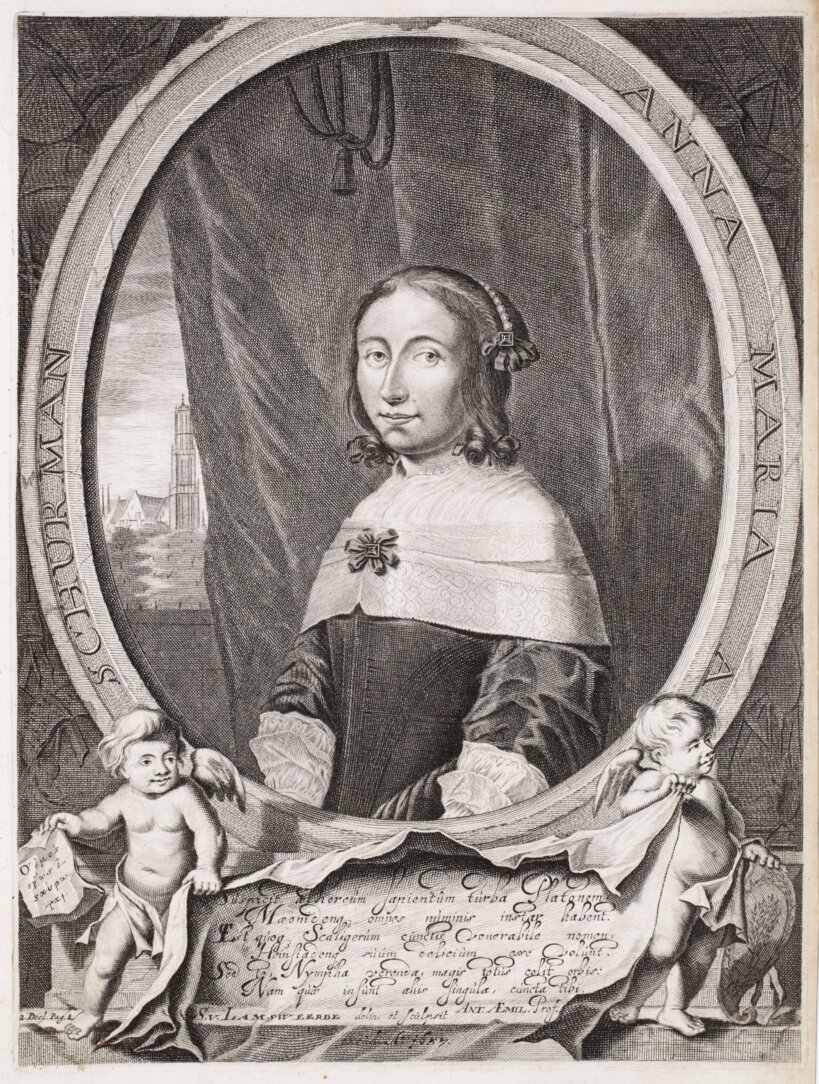
8542 2bf2c333ad7313f9016b195c1b6f768a
Anna Maria van Schurman (November 5, 1607 - May 4, 1678) was a Dutch painter, engraver, poet, and scholar, who is best known for her exceptional learning and her defence of female education.She was a highly educated woman, who excelled in art, music, and literature, and became proficient in fourteen languages, including Latin, Greek, Hebrew, Arabic, Syriac, Aramaic, and Ethiopic, as well as.

Anna Maria van Schurman Artist, Scholar and Woman of Letters
Writer, philosopher, theologian, and artist, Anna Maria van Schurmann was perhaps the most learned woman of 17th-century Europe. She was born in 1607, one of four children in a Calvinist family from the Dutch nobility, living in religious exile in Cologne. In 1610, the family returned to the Netherlands, settling in Utrecht.

Anna Maria van Schurman (November 5, 1607 May 14 or 15, 1678) was a Germanborn Dutch painter
Anna Maria van Schurman: Letters and Poems to and from Her Mentor and Other Members of Her Circle edited and translated by Anne R. Larsen and Steve Maiullo, The Other Voice in Early Modern Europe, the Toronto Series, 81, New York and Toronto, Iter, 2021, 402 pp., $65.95, ISBN 978-1-64959-012-1.

Anna Maria van Schurman Bibliotheek, Letteren, Literatuur
Over the last three decades, the life and work of Anna Maria van Schurman (1607-1678), a femme savante widely renowned throughout the early modern period, have drawn the unwavering attention of scholars from such various fields as gender history, intellectual history, art history, the history of education, religion, philosophy and, more recently, the history of classics and linguistics.
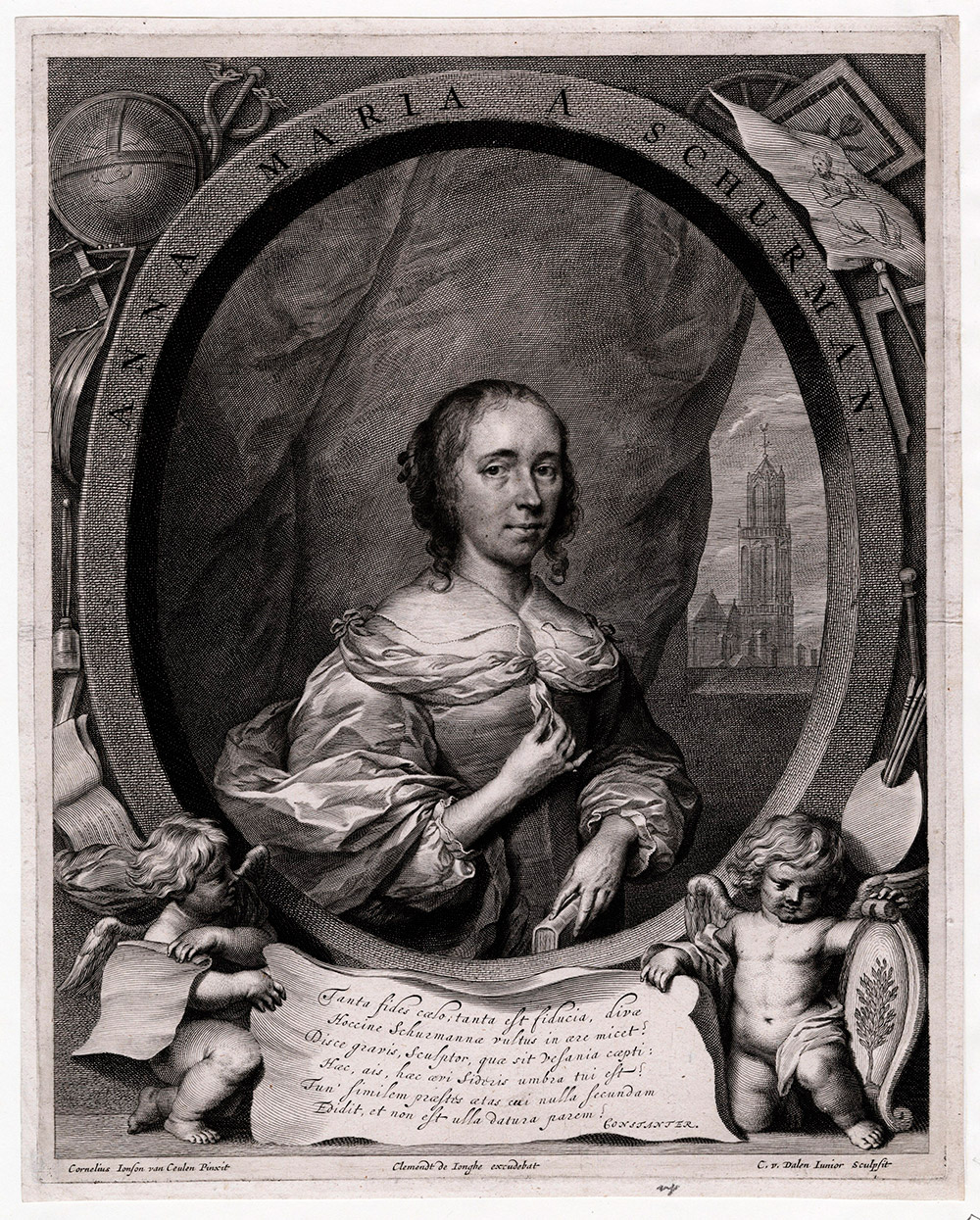
Anna Maria van Schurman Reflections on a “Learned Lady”
Collection March 31, 2021. Flemish portraitist Cornelis Jonson van Ceulen gives us a window into the world of Dutch education pioneer Anna Maria van Schurman. The gray tones of this portrait belie the dynamic life of the sitter. Van Schurman was known as a "learned lady" by her peers, a remarkable 17th-century artist and scholar, and a force of.
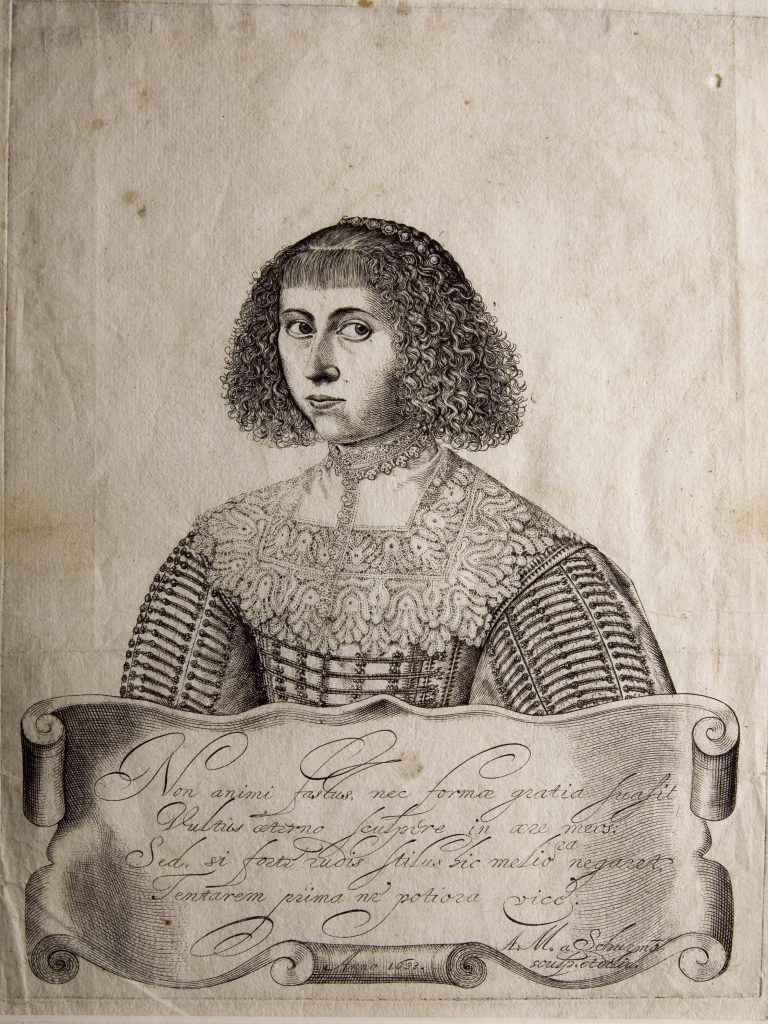
Anna Maria van Schurman Artist, Scholar and Woman of Letters
Anna Maria van Schurman (1607-78) was, in more . than one aspect, an unconventional woman in her own lifetime. As a gifted scholar in many ancient and modern languages, as well as in theology and philosophy, she corresponded with other learned men and women all over Europe in Latin, Greek, Hebrew, French, and Arabic. She achieved international

Anna Maria van Schurman, 1657 Painting Cornelis Jonson van Ceulen Oil Paintings
Other articles where Anna Maria van Schurman is discussed: glassware: Venice and the façon de Venise:.sister Anna Roemers Visscher and Anna Maria van Schurman. The latter two decorated their glasses with flowers and insects drawn with a gossamer touch, often accompanied by epigrams in Latin or Greek capitals scratched with severe precision or in the free scrolled style of the Italianate.
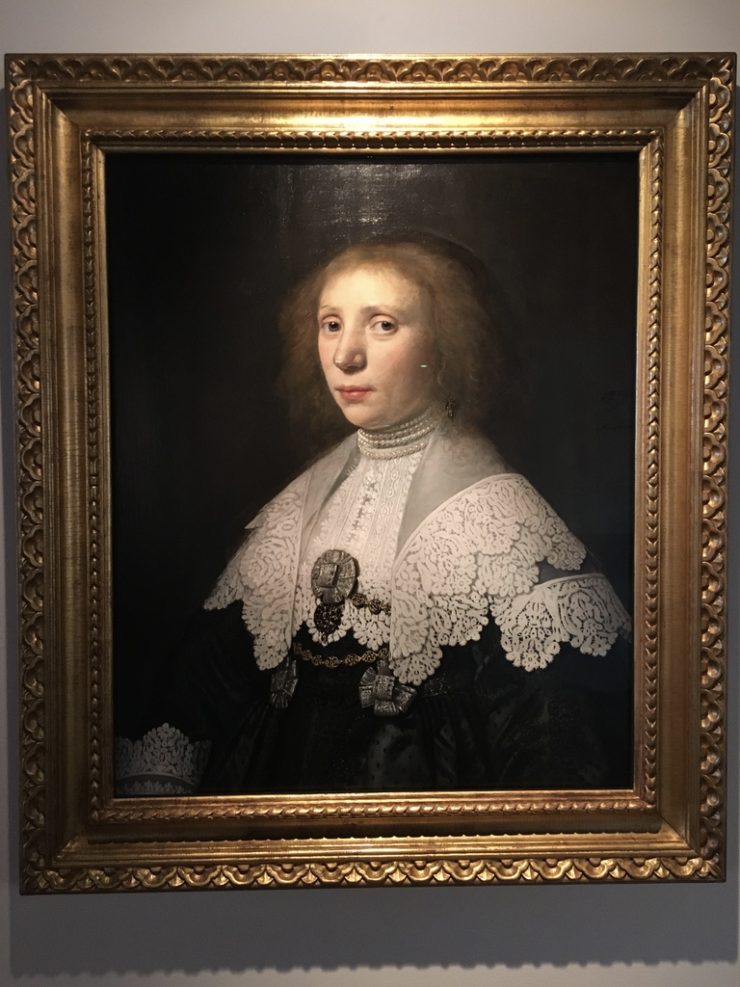
Sharing Knowledge in Learned and Literary Networks Retracing the ‘Grand Tour’ of
Anna Maria van Schurman. Anna Maria van Schurman (Cologne, 5 November 1607 - 4 May 1678 Wiewerd) became the first female university student of Europe (Utrecht University, 1636) and the most learned woman of her time. Born in Cologne, she lived most of her life behind the Domcathedral in Utrecht, Holland, where she became. read more.
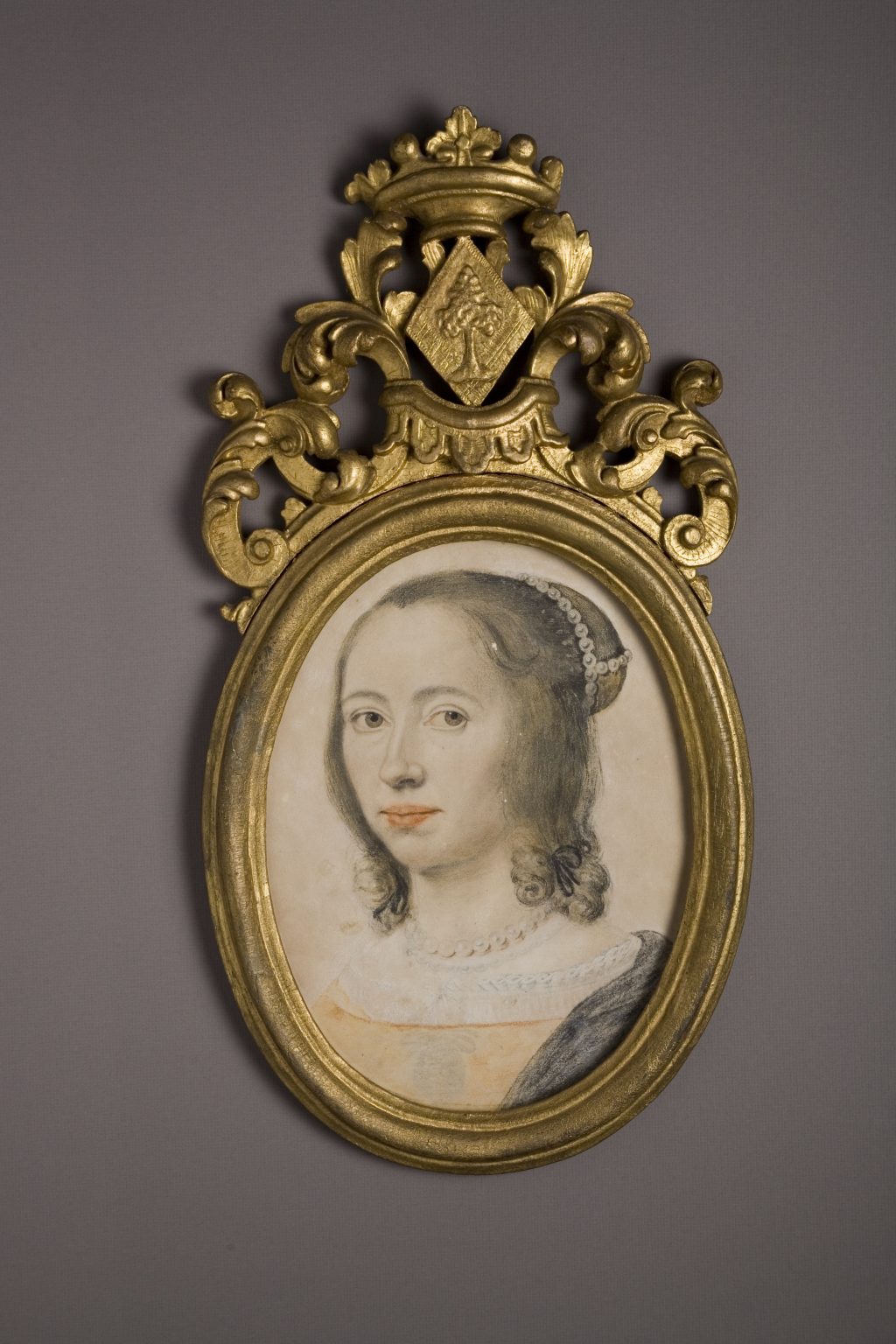
Self portrait by Anna Maria van Schurman, c. 1640 (framed) Project Vox
Anna Maria van Schurman (1607-1678) was a Dutch Golden Age scholar, poet, theologian, philosopher, and artist. Read More about Anna Maria van Schurman Read Less about Anna Maria van Schurman. Titles. Letters and Poems to and from Her Mentor and Other Members of Her Circle.
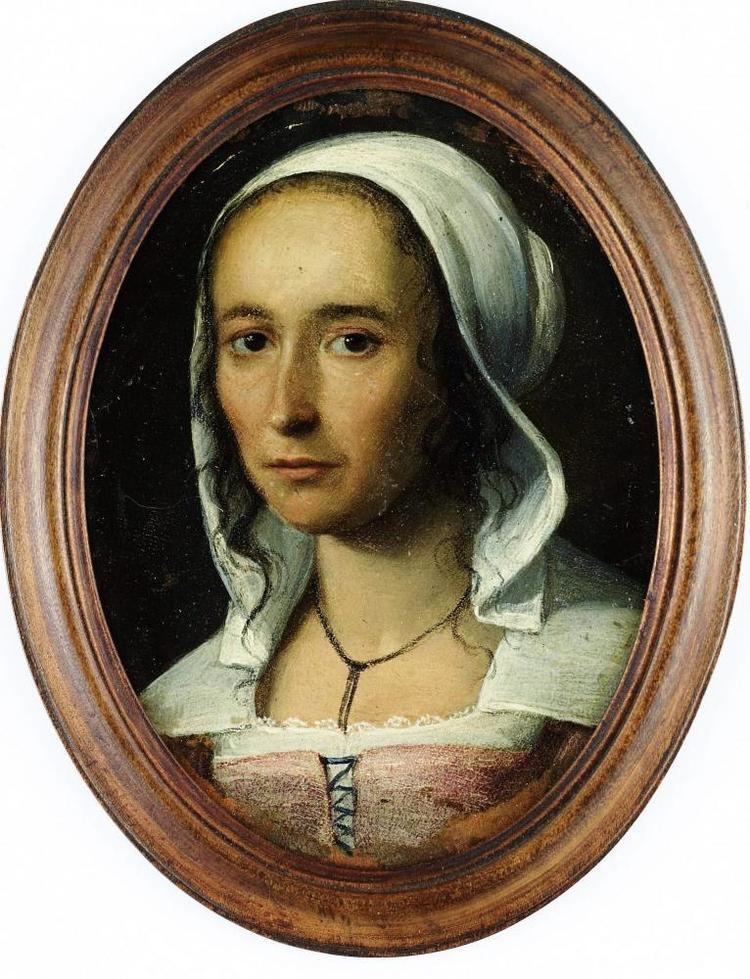
Anna Maria van Schurman Alchetron, the free social encyclopedia
Anna Maria van Schurman was a Dutch painter, engraver, poet, classical scholar, philosopher, and feminist writer who is best known for her exceptional learning and her defence of female education. She was a highly educated woman, who excelled in art, music, and literature, and became a polyglot proficient in fourteen languages, including Latin, Ancient Greek, Biblical Hebrew, Arabic, Syriac.
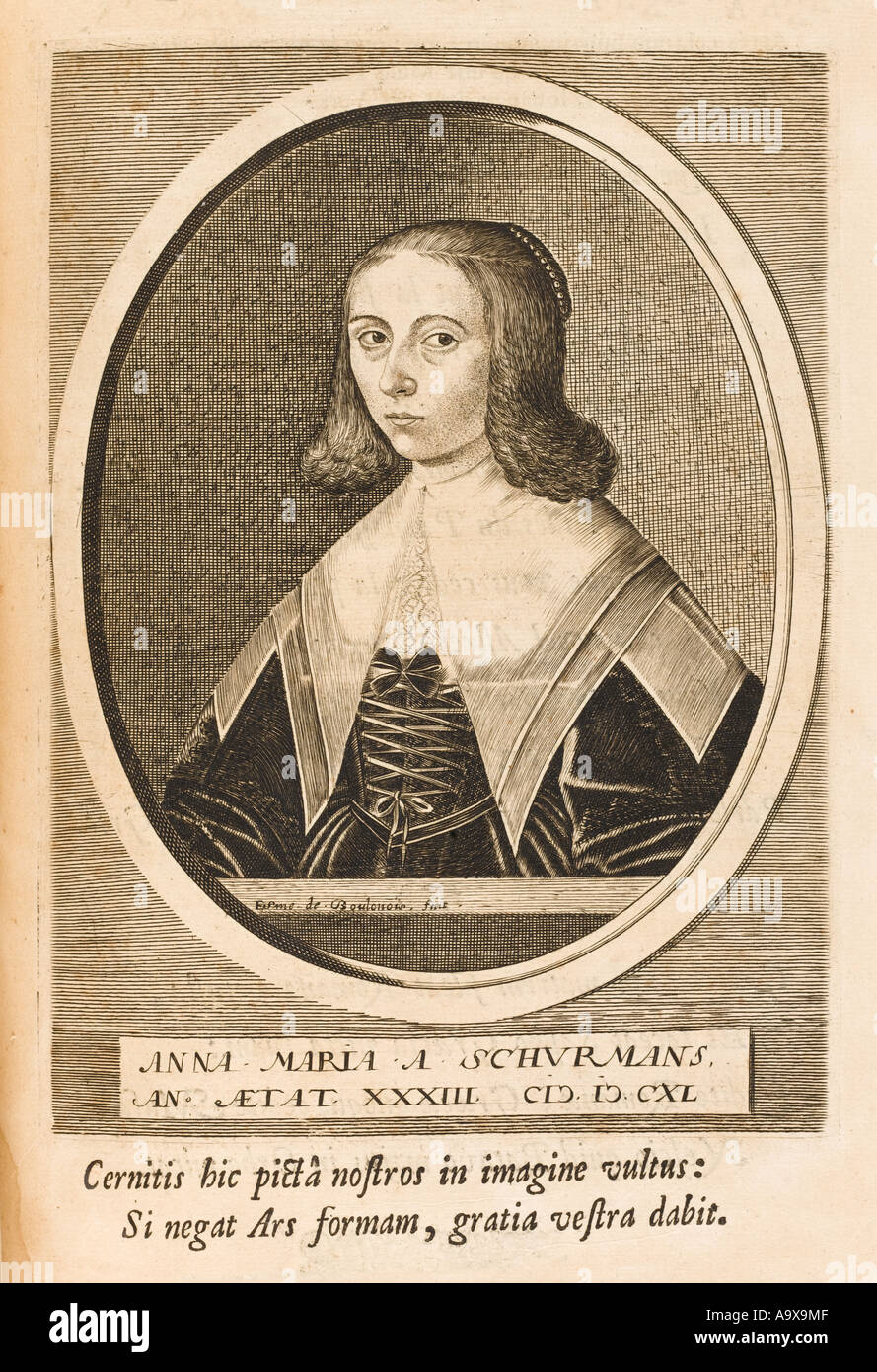
Anna Maria Van Schurman Stock Photo Alamy
But in 1669 Anna Maria van Schurman, watched by many in disbelief, left the city, church and university of Utrecht to join the Labadists, a radical Protestant group. She attempted to explain the reasons for this turnabout in her Latin autobiography, the Eukleria. The first female university student: Anna Maria van Schurman (1636) provides a.

Portrait of Anna Maria van Schurman posters & prints by Cornelis Janssens van Ceulen
1658 Anna Maria van Schurman sent a Latin poem to the Danish learned woman Birgitta Thott to congratulate her with her translations from the Latin of Seneca into Danish. 1660-1662 Anna Maria van Schurman, her brother, their aunts and two servants stayed in Lexmond, in the countryside. The two aunts died and were buried in the Cunera Church in.
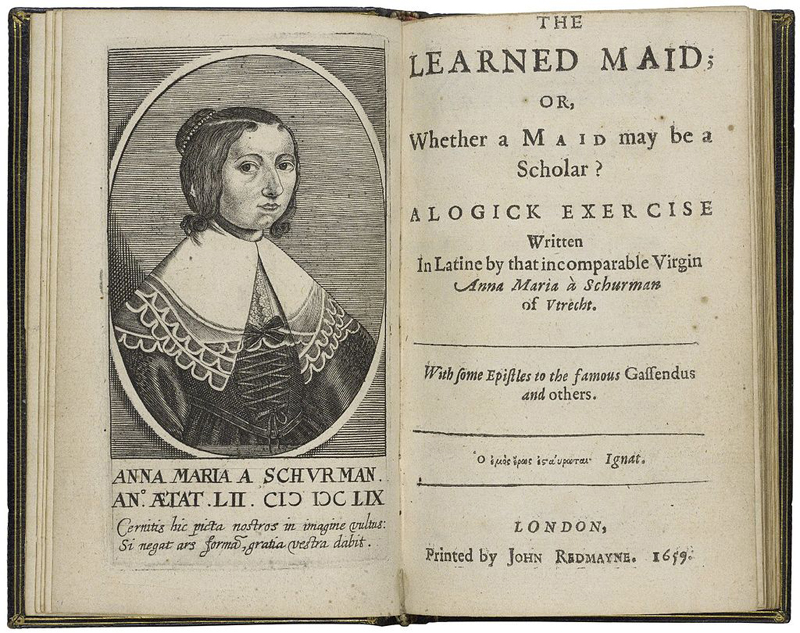
Leading lady Anna Maria van Schurman Cultures of Knowledge
Anna Maria van Schurman, 1649 by Jan Lievens. by Koren Whipp. Anna Maria van Schurman (1607-1678) Born in Cologne, Germany to father, Frederik van Schurman and mother, Eva von Harf, van Shurman lived most of her life in Utrecht, Holland, where she became renowned for her knowledge of theology, philosophy, medicine, and, at least 14 languages.
.jpg)
It's About Time Biography Anna Maria van Schurman (16071678) painter, engraver, poet, & scholar
Anna Maria van Schurman (November 5, 1607 - May 4, 1678) was a Dutch painter, engraver, poet, classical scholar, philosopher, and feminist writer who is best known for her exceptional learning and her defence of female education. She was a highly educated woman, who excelled in art, music, and literature, and became a polyglot proficient in fourteen languages, including Latin, Ancient Greek.

Anna Maria van Schurman Reflections on a “Learned Lady”
Anna Maria van Schurman's plate is painted with many thin lines, referencing popular Dutch etchings of the 17th century. Chicago chose an abstracted butterfly form for the plate, a symbol of "Anna's valiant efforts on behalf of women's rights" (Chicago, The Dinner Party, 100). The colors of the plate, shades of orange, complement the.
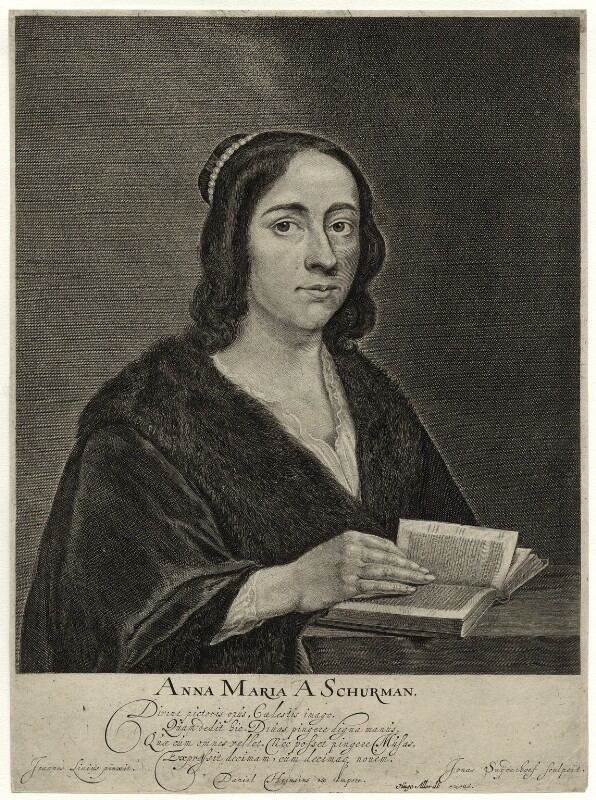
Anna Maria van Schurman Alchetron, the free social encyclopedia
Anna Maria van Schurman, Self-Portrait, 1640; Engraving on paper, 8 1/2 x 6 3/8 in.; National Museum of Women in the Arts, Gift of Wallace and Wilhelmina Holladay. Related Exhibition. Women Artists of the Dutch Golden Age Oct 11, 2019, to Jan 05, 2020 This focus exhibition examines the lives and works of several highly successful artists in the.